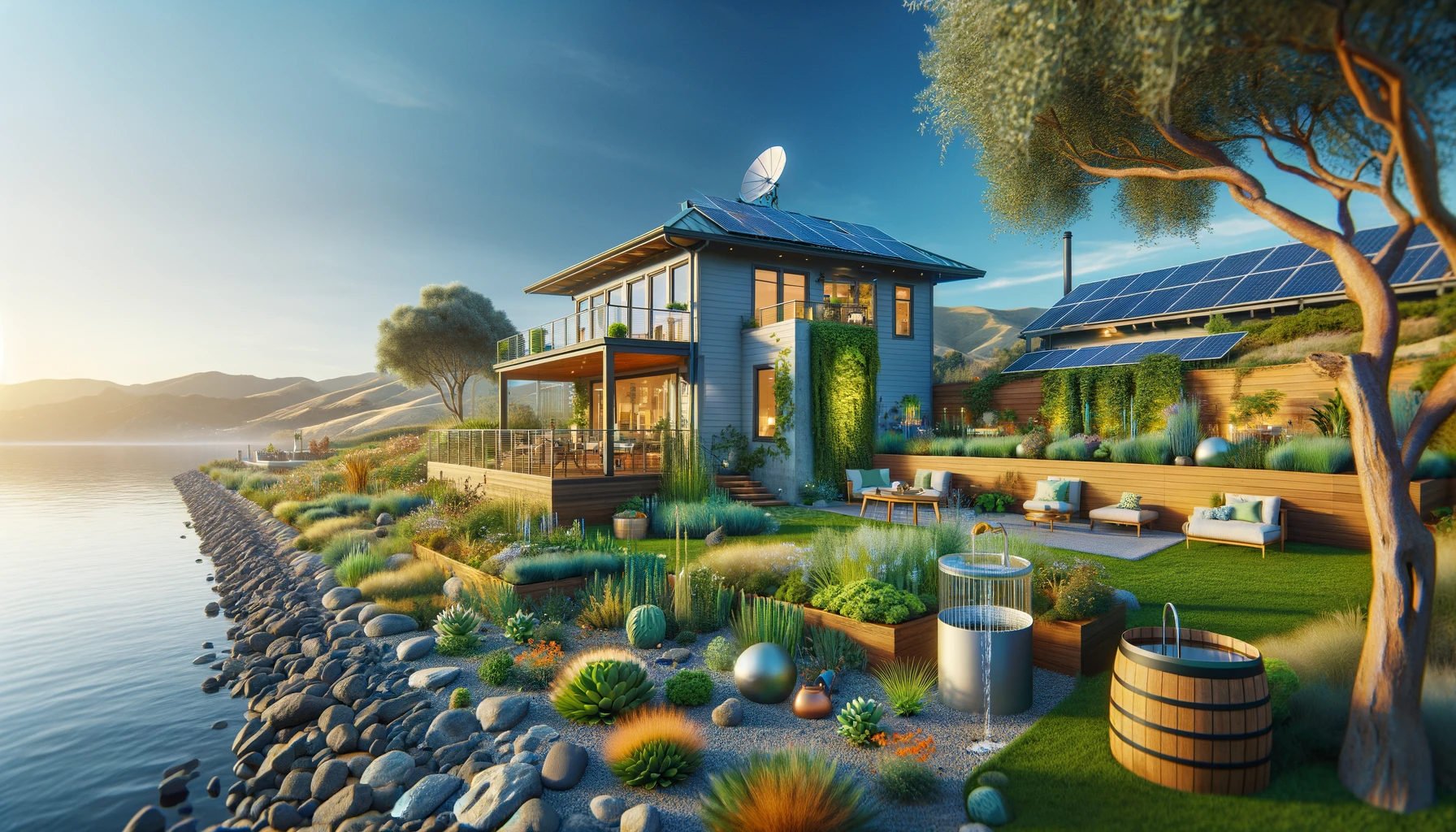Creating eco-conscious sustainable outdoor spaces, edible oases, or resilient native plant forests in Bay Area yards begins with foundational planning and assessment. Firstly, thoughtful site analysis and understanding microclimates are essential. Subsequently, sourcing materials conscientiously and crafting cohesive plans become vital first steps. These steps transform spaces into sustainably thriving outdoor living areas.
Furthermore, it’s crucial to holistically assess sun exposure, wind patterns, existing vegetation, flow accumulations, soil types, and textures across the entire site. Before designing transformations, additionally consider views, access points, traffic flows, and utility locations. These could impact plans or plant placement possibilities, weighing what conditions offer creative potential against limitations needing navigation.
Moreover, divide spaces into outdoor “rooms” with distinct microclimates, functions, and feels. Categorize each zone as full sun, part shade, or heavily wooded. This guides appropriate plant selections. Purposefully designate areas for entertaining, edibles, habitat, play, or relaxation.
Additionally, source salvaged urbanite, local wood, responsibly harvested pea gravel, reclaimed cedar raised beds, and eco-conscious materials. Focus on durability, aesthetics, and environmental impact. Question where used or sustainable substitutions can prevent unnecessary carbon expenditures.
Finally, only after fully analyzing the site and stratifying microclimate zones can homeowners begin their journey. Conceptualizing usages and conscientiously sourcing materials are crucial next steps. Homeowners can then start crafting cohesive, personalized sustainable outdoor spaces. These plans transform Bay Area yards into ecologically interdependent, thriving sanctuaries for enjoyment. What initial planning steps proved pivotal for your landscape transformations? Please share key insights and lessons learned with us below!

